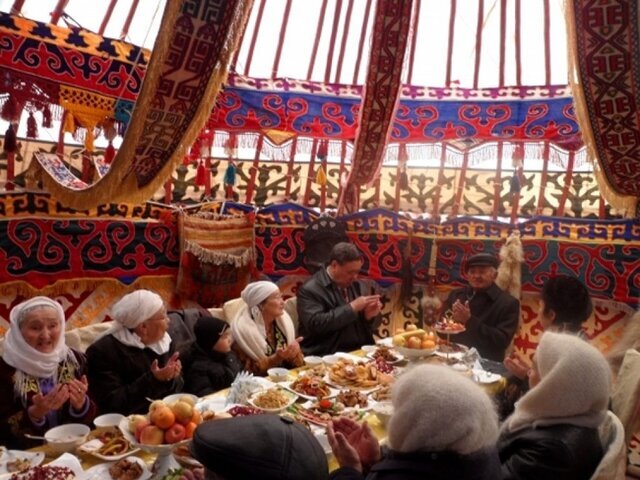Mongolia to join UNESCO's Nowruz dossier

TEHRAN – Mongolia has voiced its interest in joining the Persian New Year (Nowruz) dossier, a multinational intangible cultural heritage registered with the UN Educational, Scientific, and Cultural Organization.
Nowruz, the Persian New Year, has been celebrated for thousands of years at the beginning of spring, on March 20 or 21, by Iranians, as well as some other ethnolinguistic groups in Western and Central Asia.
According to a Farsi report by Mehr, the Nowruz dossier was initially registered on UNESCO’s list of Intangible Cultural Heritage with seven countries involved: Iran, Azerbaijan, India, Pakistan, Turkey, Uzbekistan and Kyrgyzstan.
The dossier was edited in 2014 after five countries – Iraq, Turkmenistan, Tajikistan, Afghanistan, and Kyrgyzstan – made an incorporation proposal and re-inscribed it as a 12-nation dossier in UNESCO Intangible Cultural Heritage during the eleventh session of the Intergovernmental Committee for the Safeguarding of the Intangible Cultural Heritage in Ethiopia last December.
On Saturday, Iran’s deputy tourism minister announced Mongolia's application to join the UNESCO dossier on intangible cultural heritage.

“Nowruz, with its Iranian origins, stands as one of UNESCO's most significant multinational intangible cultural heritage dossiers,” Ali Darabi said.
“Iran welcomes this initiative and invites other [illegible] countries to collaborate in joining both the 'Nowruz' and ' Iftar and its socio-cultural traditions’."
According to experts at Tehran’s Intangible Heritage Center, Mongolia's application will likely be reviewed in the next session of UNESCO's Intangible Heritage Safeguarding Committee, scheduled to take place in Paraguay in 2024.
Nowruz is a rite dating back to at least the 6th century BC, marking the new year and ushering in spring. It is celebrated by people of many different religions and cultures across this vast region.
Over the last millennium, Nowruz has developed and expanded, incorporating new social, religious, and cultural influences as it spread along the Silk Roads.
Its date, originally calculated according to ancient astronomical practices, was revised and recalculated on numerous occasions in the 11th and 12th centuries as Nowruz continued to be a celebration of great social significance under various rulers and regimes. Renowned Muslim scholars, such as Abu Rayhan al-Biruni (973-1048), Mahmud Kashgari (1005-1102), and Omar Khayyam (1048-1131) are among the many intellectuals who studied the date of Nowruz.
Iran ranks 5th in the world for the number of intangible cultural heritage registered by the United Nations Educational, Scientific and Cultural Organization, Iran’s tourism minister said last December.
With the addition of Iftar and its socio-cultural traditions, the ancient Sadeh festival, and the intricate artistry of Tahzib in illuminated manuscripts, the count of globally registered intangible heritage items has risen to 24, elevating Iran from the sixth to the fifth position worldwide in the number of entries listed in the UNESCO Intangible Cultural Heritage list, Ezzatollah Zarghami said.
“So far, we have registered over 3,000 intangible heritage items nationally, many of which have the potential for global registration. However, there are significant constraints in the allocation process for global registration.”
AFM
Leave a Comment